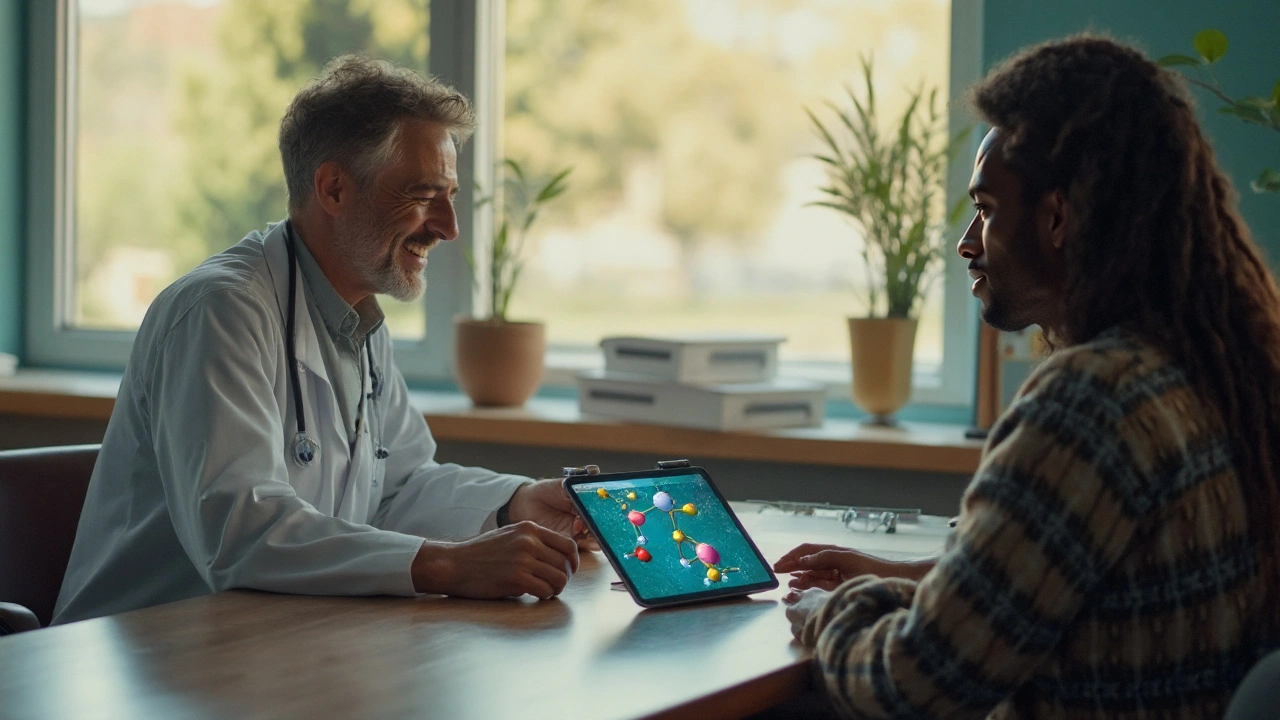Dosage Guides: Find the Right Dose for Your Medications
Getting the right dose is the difference between a medication working and causing problems. Whether you’re picking up a prescription for blood pressure, an over‑the‑counter pain reliever, or a supplement, the dose you take matters. Below are simple steps you can follow to make sure you’re using the correct amount every time.
Read the label and prescription carefully
The first place to look is the label on the bottle or the prescription note from your doctor. It will tell you the strength (like 10 mg) and how often to take it (once daily, twice a day, etc.). If anything looks unclear, call the pharmacy or your clinician. Don’t guess – a tiny typo can double a dose or cut it in half.
Use the right measuring tool
Liquid meds need a proper syringe, marked cup, or dropper. A kitchen spoon isn’t accurate enough. For tablets, check if they’re scored – that means you can split them safely with a pill cutter. Crushed or chewed tablets may change how fast the drug works, so only do that if the label allows it.
Adjust for weight, age, and kidney function
Kids, seniors, and people with kidney problems often need lower doses. Your doctor will base the dose on your weight or body surface area. If you have chronic kidney disease, the prescription will include a specific adjustment. Don’t change the amount on your own; ask the prescriber for a tailored dose.
Watch for drug interactions
Some medicines boost or block the effect of others, meaning you might need to change the dose. For example, certain antibiotics raise the level of blood‑thinner drugs, requiring a lower dose of the latter. Use a drug‑interaction checker or ask a pharmacist when you start a new med.
When to change the dose
If you feel no benefit after a few weeks, or you notice side effects, contact your doctor. They might increase the dose, switch to a different drug, or suggest a gradual taper. Never double up on a missed dose unless your provider says so – most meds warn against that.
Keeping a medication log can help you track how you feel on each dose. Write down the time you take the drug, any side effects, and how your symptoms change. Bring this log to appointments; it gives the doctor real data to fine‑tune your treatment.
Online dosage calculators can be a handy reference, but they’re only as good as the information you feed them. Always double‑check calculator results against the prescription and confirm with a health professional.
In short, the right dosage comes from reading instructions, using proper tools, considering personal factors, watching for interactions, and staying in touch with your healthcare team. Follow these steps and you’ll reduce the risk of overdose or under‑dose and get the most benefit from your meds.
- By Leona Ashfield
- Health
- 0 Comments
Alkeran (Melphalan) Explained: Uses, Dosage, Side Effects & FAQs
A clear, human‑focused guide on Alkeran - what it is, how it works, dosage options, side‑effects and answers to the most common questions.
- By Leona Ashfield
- Health
- 14 Comments
Fildena: A Complete Guide to Uses, Side Effects, and Real World Results
Explore the truth about Fildena—how it works, its benefits and risks, and what to know before trying it for erectile dysfunction. Honest, real-life insights from Durban.
- By Leona Ashfield
- Health
- 11 Comments
Ativan: Uses, Effects, Dosage, and Safety Guide
Learn everything you need to know about Ativan (lorazepam)—from why doctors prescribe it and how it works, to important safety tips, possible side effects, and proper dosage. This comprehensive guide breaks down Ativan’s uses, its effectiveness for anxiety, and what to expect if you or someone you know is using it. I’ll share practical advice, real-life scenarios, and essential information to empower your decisions around Ativan. If you want trusted details without the medical mumbo jumbo, you’re in the right place.


